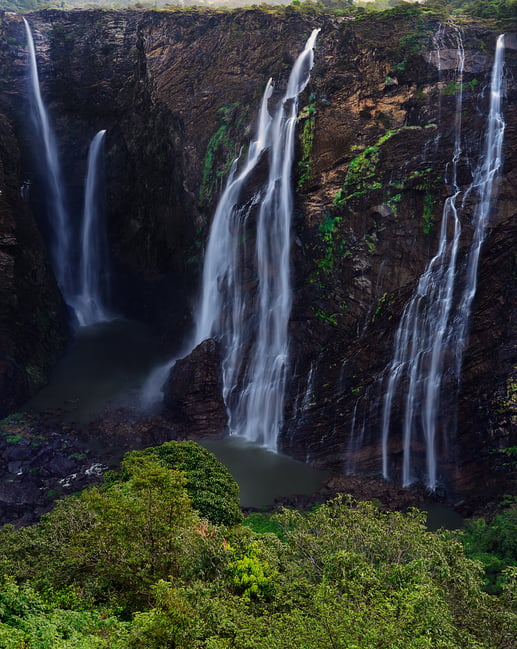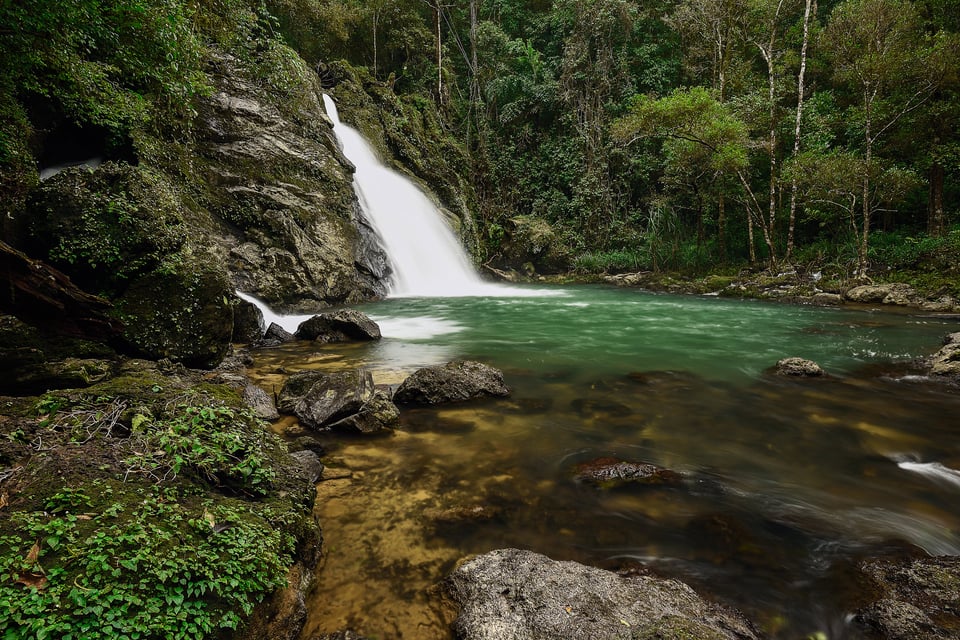نصائحي المفضلة لتصوير الشلالات
My Favorite Tips for Photographing Waterfalls
من الصعب العثور على ملف صور للمناظر الطبيعية دون صورة شلال. مع أن بعض الشلالات قد لا تبدو رائعةً في الواقع، إلا أنها غالبًا ما تُقدم صورًا رائعة، خاصةً عند التقاطها بتعريض طويل أو سرعة غالق بطيئة. في هذه المقالة، سأشارك بعض النصائح والحيل التي أحبها كثيرًا في تصوير الشلالات.
It is hard to find a landscape portfolio without a waterfall photograph. Even though some waterfalls might not appear great in person, they often make great photographs, especially when shot with a long exposure or slow shutter speed. In this article, I will share some of the tips and tricks that I like the most for waterfall photography
My Favorite Tips for Photographing Waterfalls
من الصعب العثور على ملف صور للمناظر الطبيعية دون صورة شلال. مع أن بعض الشلالات قد لا تبدو رائعةً في الواقع، إلا أنها غالبًا ما تُقدم صورًا رائعة، خاصةً عند التقاطها بتعريض طويل أو سرعة غالق بطيئة. في هذه المقالة، سأشارك بعض النصائح والحيل التي أحبها كثيرًا في تصوير الشلالات.
It is hard to find a landscape portfolio without a waterfall photograph. Even though some waterfalls might not appear great in person, they often make great photographs, especially when shot with a long exposure or slow shutter speed. In this article, I will share some of the tips and tricks that I like the most for waterfall photography






تعليق